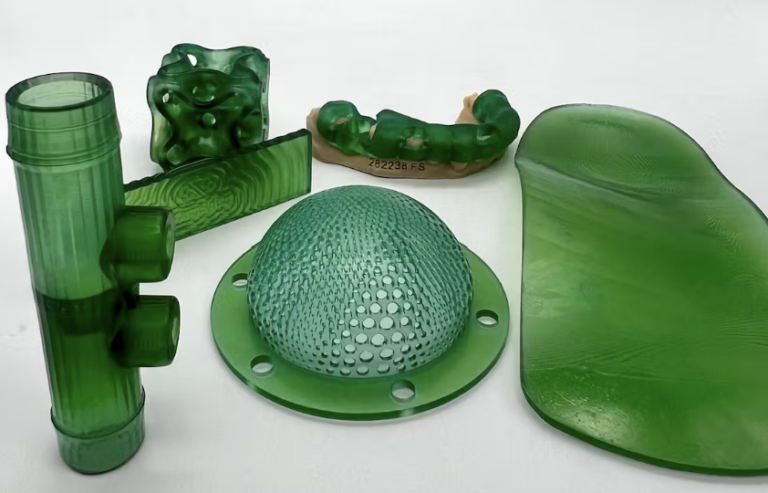Additive Manufacturing Innovations from the Rapid + TCT 2023 Conference
Additive Manufacturing Innovations from the Rapid + TCT 2023 Conference
By IndustryWeek
The Fast + TCT added substance fabricating meeting closed its 2023 meeting last week and, as usual, gives a 10,000 foot perspective of what’s in store for the unique business. IndustryWeek frequently covers new additive developments that, looking back, the technology would not be possible without. New material choices, high level programming advancement, combination into standard assembling and Industry 4.0 cycles upgrade existing added substance strategies and philosophies while the main forward leap, large scale manufacturing on the size of conventional innovation, keeps on evading.
Here are the Fast + TCT 2023 features noted by IndustryWeek and what they predict for the eventual fate of added substance fabricating.
Building with New Blocks Two businesses introduced brand-new building materials that piqued our interest. COR Bio, the first biocompatible 3D material developed by photopolymer resin manufacturer polySpectra, was designed to withstand the harsh conditions of high temperature, disinfecting autoclaves, and general durability. COVID ventilator valves and orthotic shoe inserts are two potential applications.

Two brand-new copper alloys were unveiled by 3D Systems: Copper-Chrome-Zirconium (CuCr1Zr), which 3D Systems suggests as a post-processing material to enhance the strength and conductivity of parts, and GRCOp-42, which is intended for high-temperature, high-thermal transfer applications like rocket engines. a great illustration of how additives support the production of original parts while also improving traditional parts.
Modifications and New 3D Printers Fabrisonic introduced the SonicLayer 1600, a hybrid platform that offers both additive and subtractive capabilities simultaneously. A ultrasonic added substance fabricating stage (Fabrisonic utilizes a method that utilizes sound waves to blend layers of metal foil) and fair sized CNC/processing stage sit in a similar machine. definite cool things. Because of our associate Sara Jensen, from Power and Movement, who went to Quick + TCT 2023 and ensured we noticed this new printer.)
The new Fabrisonic printer could urge little to medium sized makers hesitant to adjust floorplans to oblige new machines yet who need to take on added substances. A material delivery module that makes it easier to use multiple types of materials on the same platform (potentially reducing the amount of time required for material purges and reloading) and a build changeover station that reduces the amount of time required to clean up unused powdered metal, remove the finished part, refresh materials, and get ready to print the next part were two new features that 3D Systems added to its printers.
HP declared a couple of new items to ease robotization work processes for added substance producing, a material handling framework and a framework for trading two back to back prints at the same time. Additionally, the company revealed a brand-new proof-of-concept demonstration involving additive machines and autonomous mobile robots (AMRs) at HP’s collaboration hub in Barcelona, Spain.
Developing New Techniques Spee3d, an additive manufacturing company that uses the cold spray method for 3D printing (powdered metal particles suspended in gas deform into solid matter when blasted at high speed onto a substrate, such as a build plate), has announced a new partnership with the University of California, Irvine Department of Materials Science and Engineering, supported by a grant from the Air Force office of scientific research. The partnership will concentrate on the creation of cold spray materials and their potential applications.



Comments :